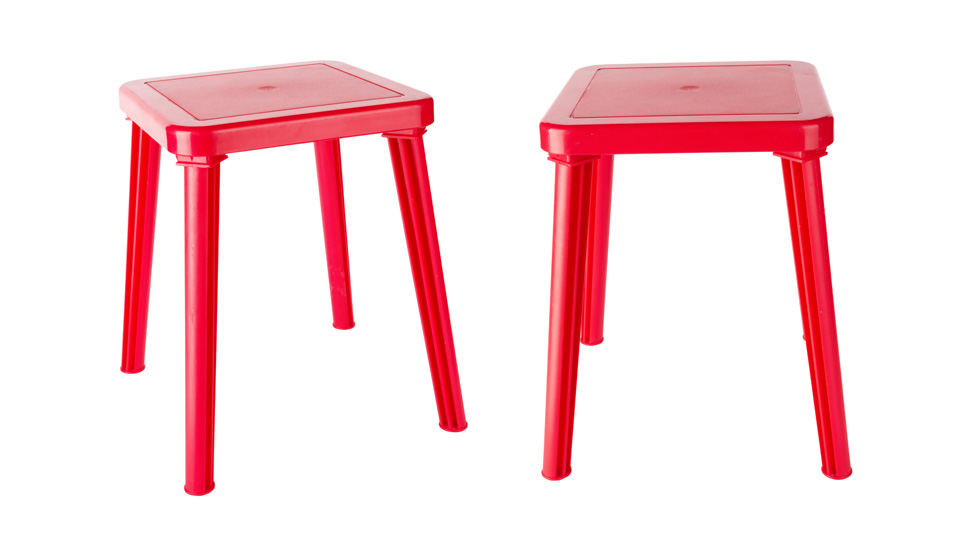
Summary of prerequisites to obtain
the certification

See a summary of the requirements to be met to obtain the certification; for more details, see the full regulation.
The PSV label can be applied to recycled/regenerated material, semi-finished and finished products.
The label comes in different variants, based on the material used (post-consumer, pre-consumer or a mix of the two) or intended use (“PSV Food” for materials and products that come in contact with food; “PSV Bag” for reusable shopping bags). The certificate specifies the requirements satisfied. To obtain the PSV label certification, a company must put in place an organisational system that can ensure compliance with the requirements provided for by the certification regulations. In short, the requirements are as follows:
- 1. Compliance with the minimum contents of recycled plastics specified for the different variants of the PSV label (separate waste collection, industrial residues, mix-eco, PSV Food, PSV Bag) as stated in the Certification Regulations.
- 2. Guarantee of identification through documents and traceability of the different recycling materials, from the finished product to the raw materials/waste of origin.
- 3. Compliance with the applicable legal requirements (e.g., UNI UNIPLAST 10667 standards for secondary raw materials, regulations on food contact materials, etc.).
You can learn more about the PSV label prerequisites by:
- • Consulting the Regulations in the dedicated section of the website
- • Contacting IPPR
- • Contacting IPPR’s PSV certification partner bodies
General requirements: recycled plastic content (%)
The “PSV – from separate waste collection” (or other post-consumer circuits ) and “PSV – from industrial residues”, applicable to materials and products, labels require a percentage of recycled raw materials as specified in the circular of the Ministry of the Environment of 4 August 2004 (see extract at the bottom), whereas the minimum percentage required for the “PSV –mix eco” label is 30%.
Secondary raw material requirements
The PSV specification stipulates that for any secondary raw materials produced or used, evidence must be provided of conformity to the requirements of the UNI UNIPLAST 10667 standards.
PSV Food requirements
Without prejudice to general requirements, the “PSV – Food” label may be applied to:
- a. post-consumer plastic materials and products made from such materials as provided for in Ministerial Decree of 21 March 1973 and subsequent amendments, or subject to authorisation as per Regulation (EC) No. 282/2008;
- b. products made from plastic offcuts and/or production residues that comply with Commission Regulation (EU) No. 10/2011 of 14 January 2011 on plastic materials and articles intended to come into contact with foodstuffs;
- c. products in which post-consumer recycled plastic is used behind a functional plastic barrier pursuant to Regulation (EU) No. 10/2011.
PSV BAG requirements
The PSV – BAG label may be requested for the following types of bag:
- • bags with a handle outside the useful size, intended for food use, more than 200 microns in thickness, and having a recycled plastic content of at least 35%;
- • bags with a handle outside the useful size, intended for other uses, more than 100 microns in thickness, and having a recycled plastic content of at least 15%;
- • bags with a handle inside the useful size, intended for food use, more than 100 microns in thickness, and having a recycled plastic content of at least 35%;
- • bags with a handle inside the useful size, intended for other uses, more than 60 microns in thickness, and having a recycled plastic content of at least 15%.
Weight limits imposed by technology (abstract from Circular of 4 August 2004 implementing Ministerial Decree 203/2003)
NB Compliance with the following limits applies solely to PSV materials/products obtained from separate waste collection and from industrial residues
The technology used for the production of recycled material in this sector generally imposes limits on the weight of plastic waste that vary greatly, depending on both the characteristics of the source material and the performance of the materials themselves; these limits can never be as high as 100%.
The reason lies in the fact that plastic products require pigmentation Pigment is added in the form of a masterbatch, in percentages of 0.5 – 2%, which makes it impossible to meet a 100% limit.
By way of exemplification, we list below the recyclability of the following materials:
| LDPE | 95% |
|---|---|
| HDP | 95% |
| PP | 95% |
| PET | 95% |
| Foamed polystyrene | 100% |
| Heterogeneous polymer blend | 95% |
The actual quantity of plastic waste used must be stated in the document describing the production process that accompanies the certification application.
Limits are imposed by the technology used in the production processes; by way of exemplification, the minimum percentages of recycled material contained in the products for some of the main processing technologies are given below.
These parameters may be changed as a function of the evolution of technology and the know-how that becomes available in the relevant sectors.
Technologies – weight limit percentages
For example:
- • A product in HDPE made with the BLOW MOULDING technique must be made of at least 50% recycled HDPE granules, which, in their turn, must contain no less than 95% post-consumer plastic (overall at least 47.5%, editor’s note);
- • A product in PET made with the INJECTION MOULDING technique must be made of at least 70% recycled PET granules or flakes, which, in their turn, must contain no less than 95% post-consumer plastic (overall at least 66.5%, editor’s note).

